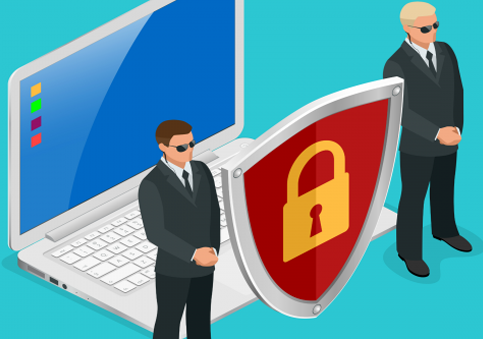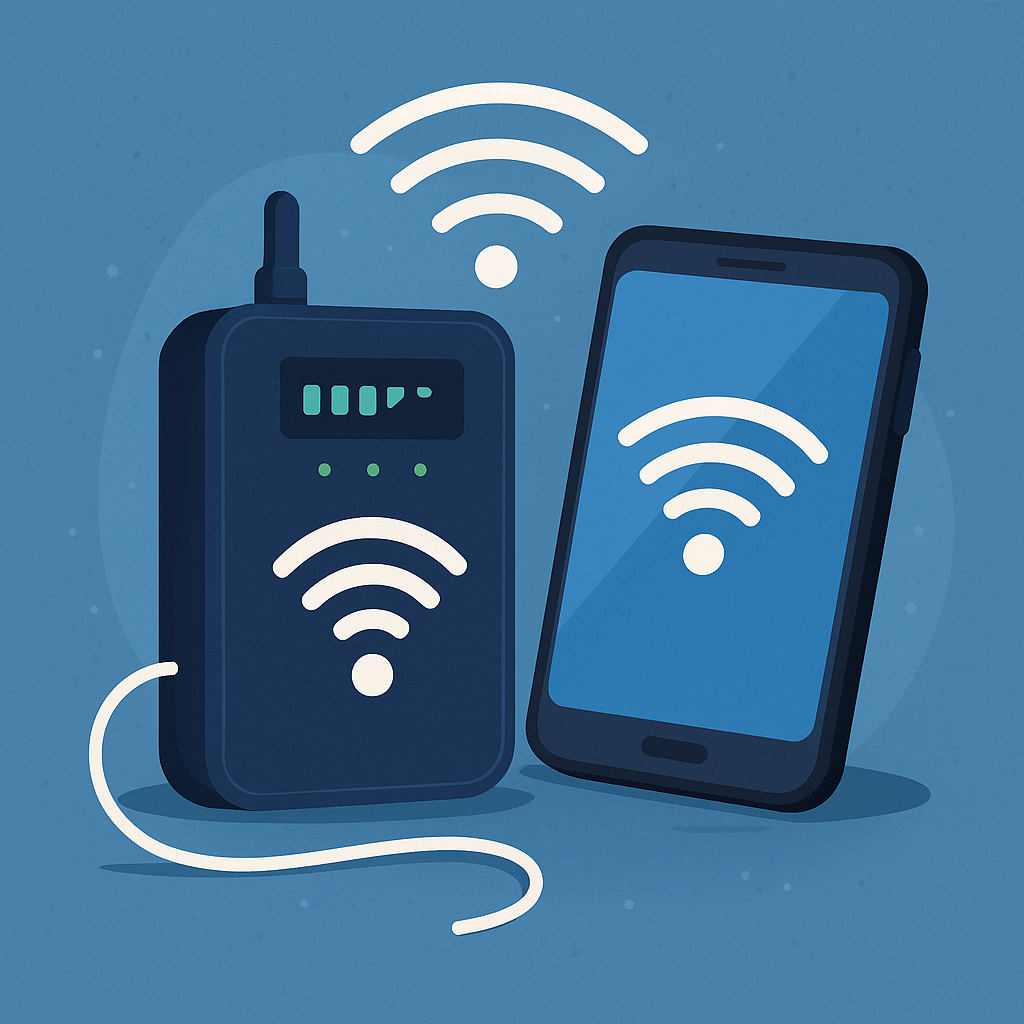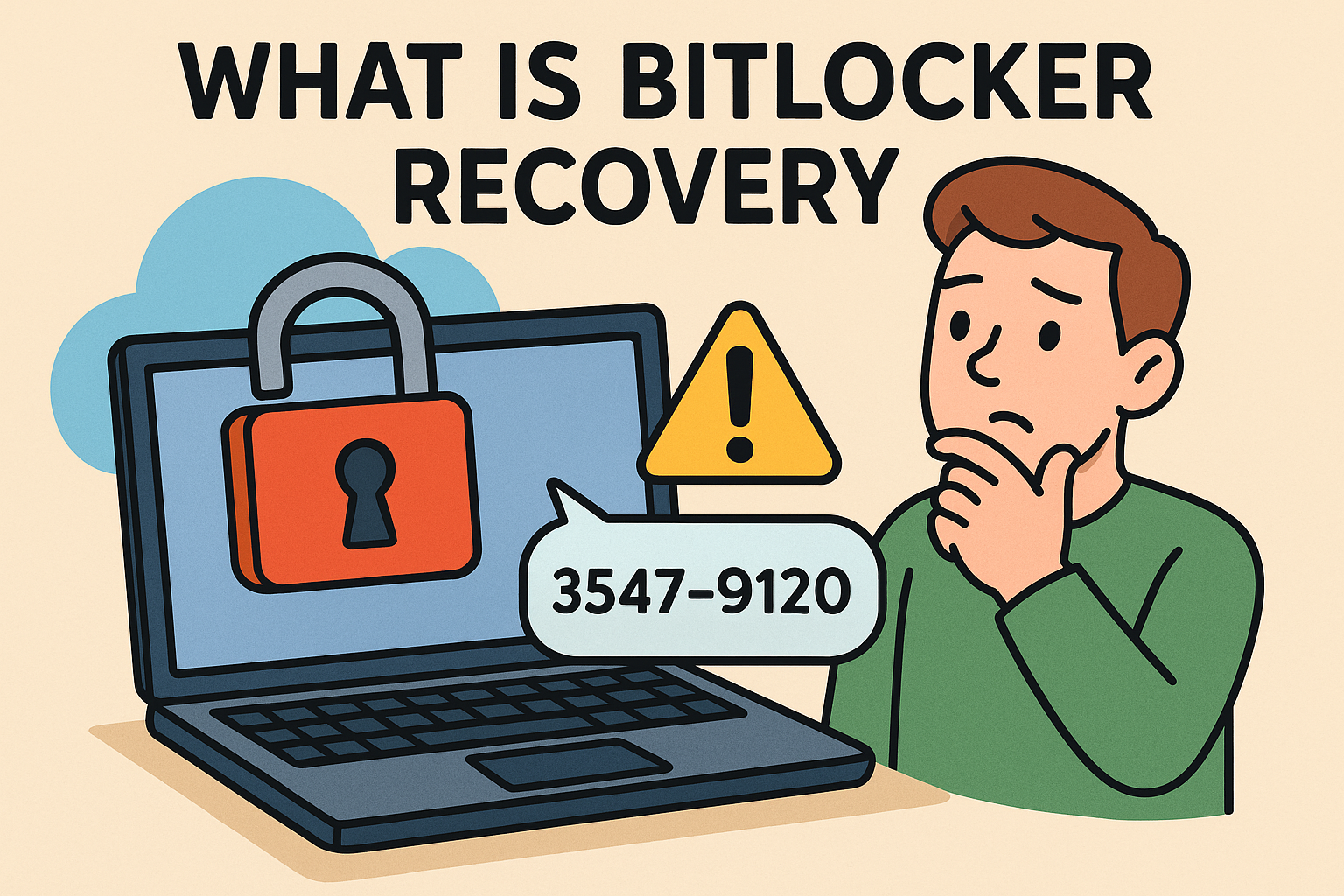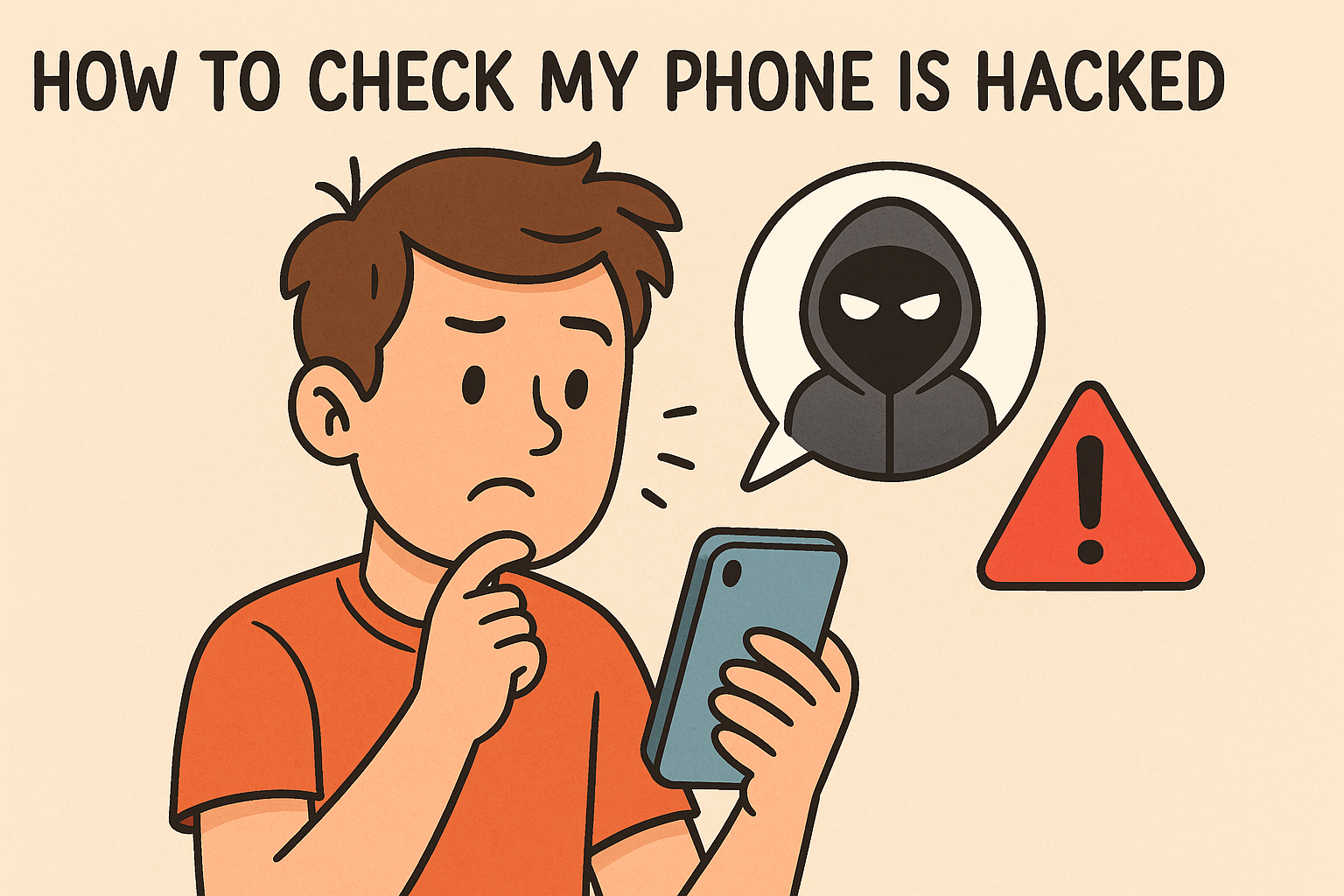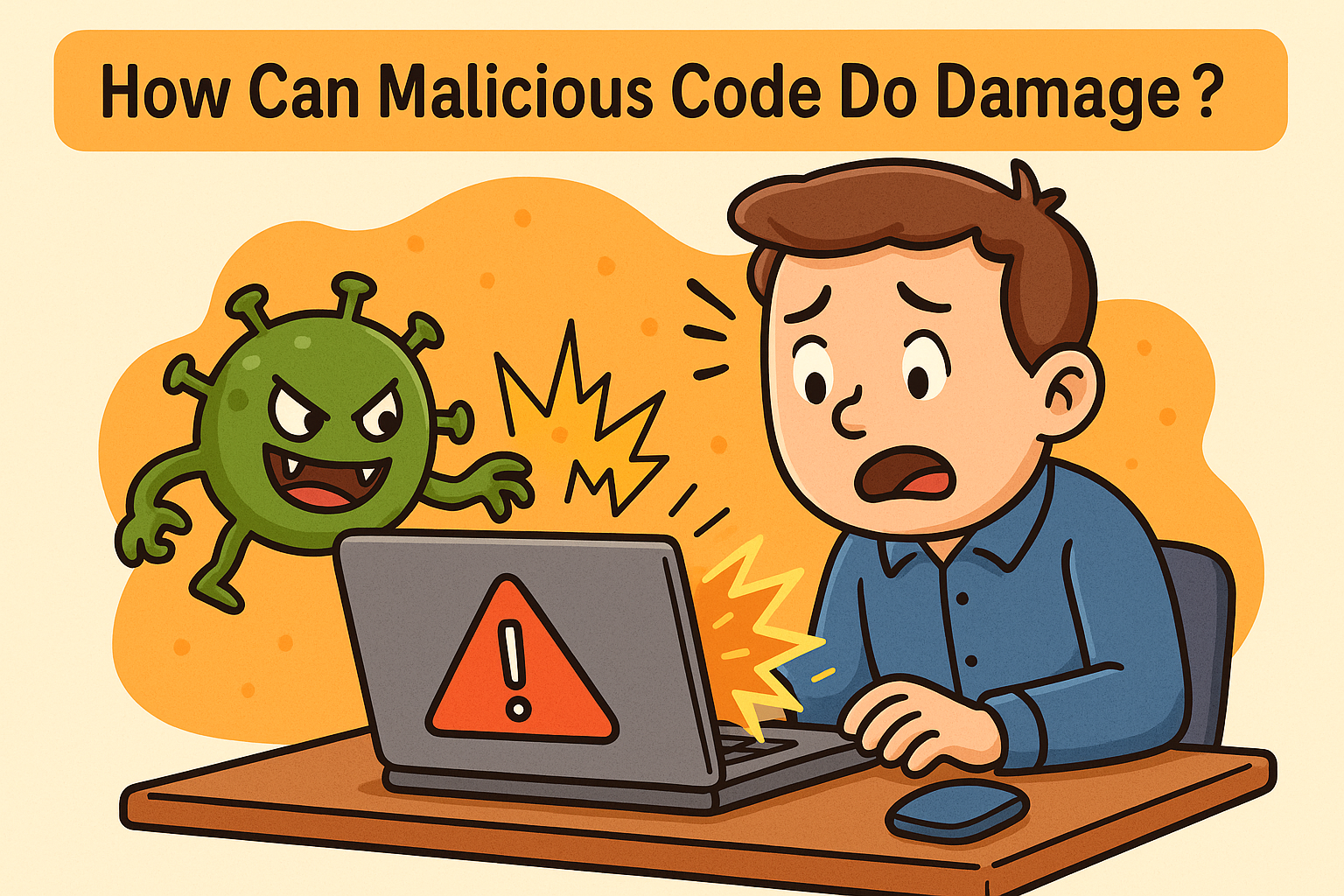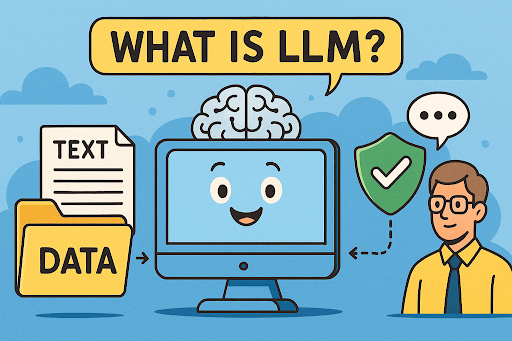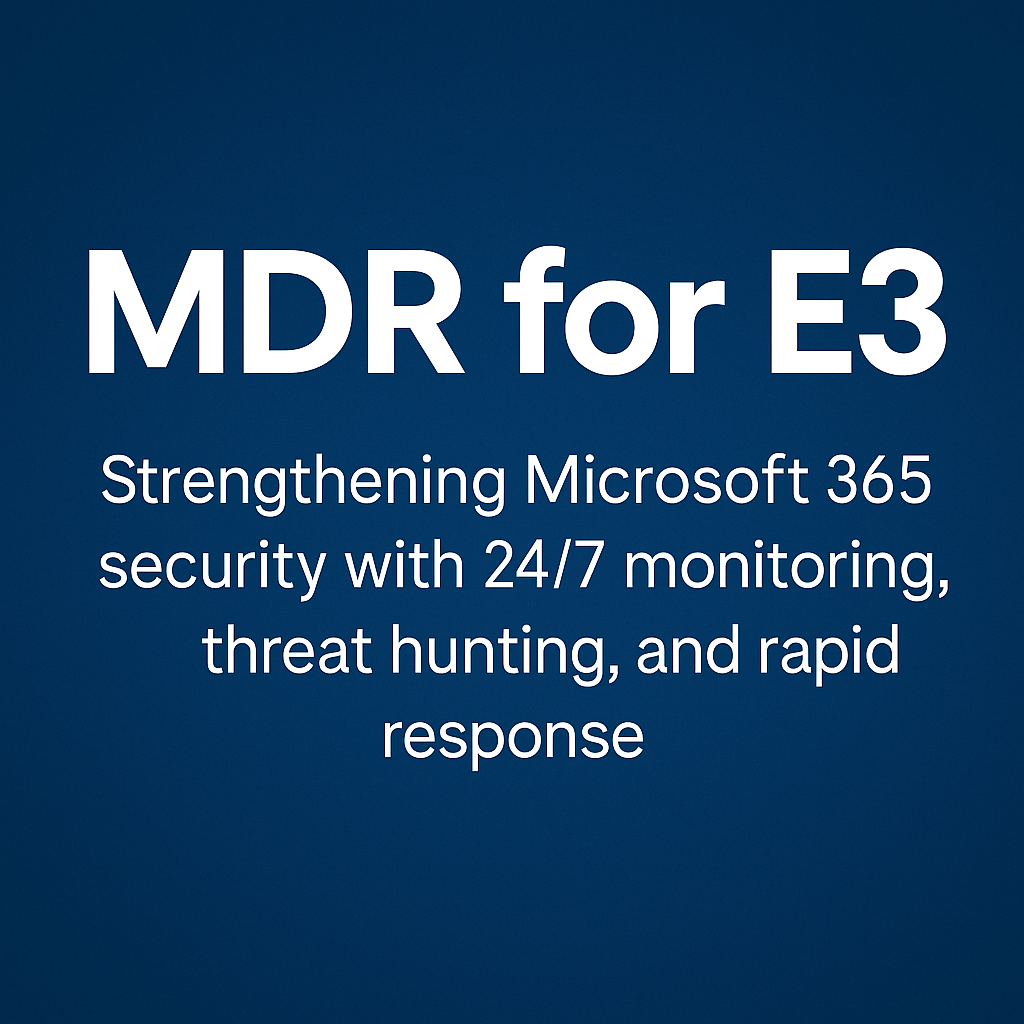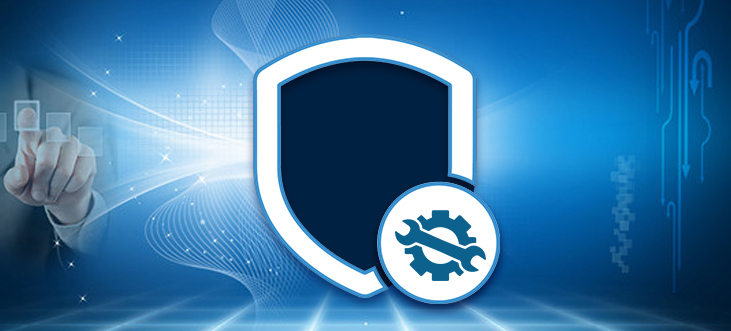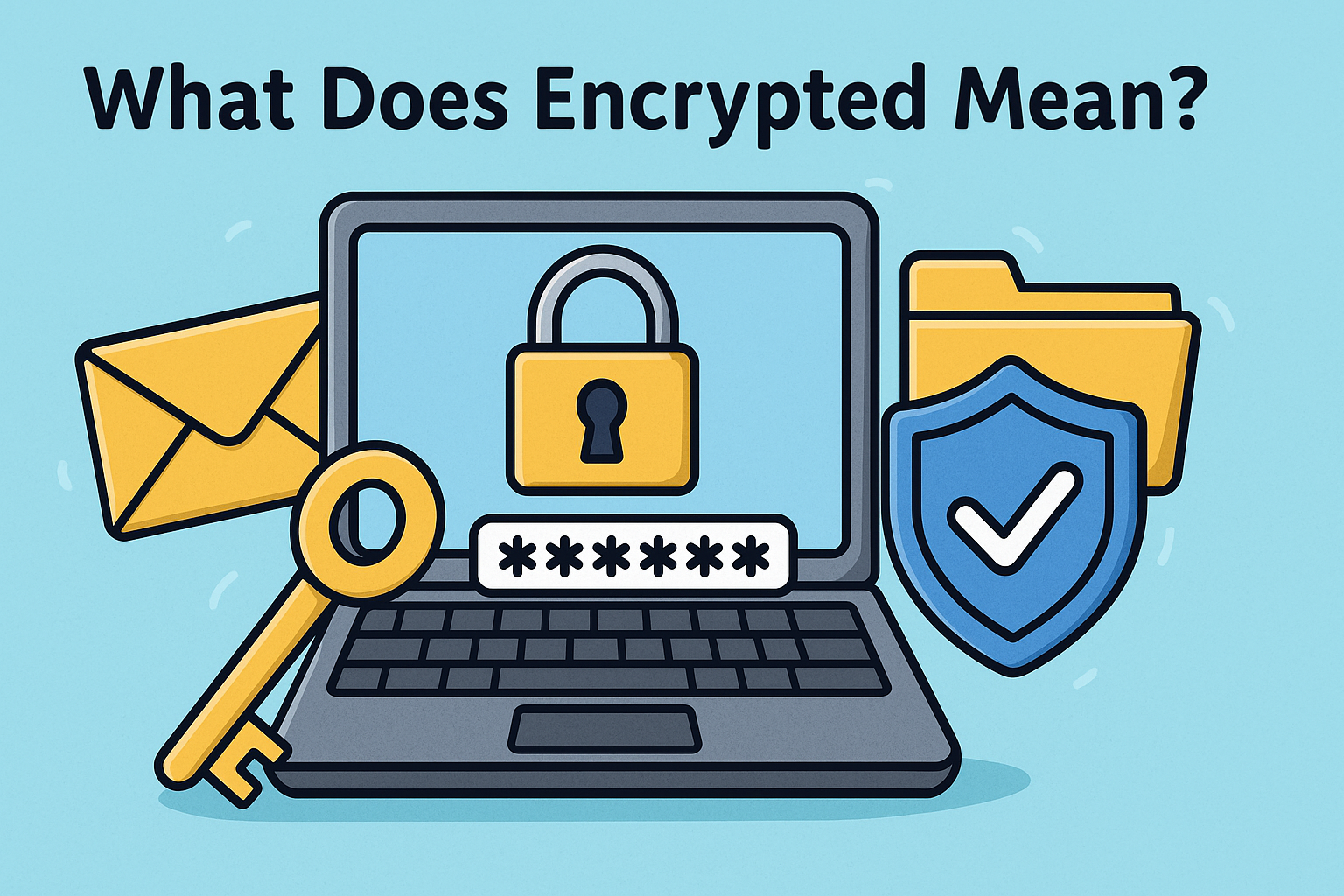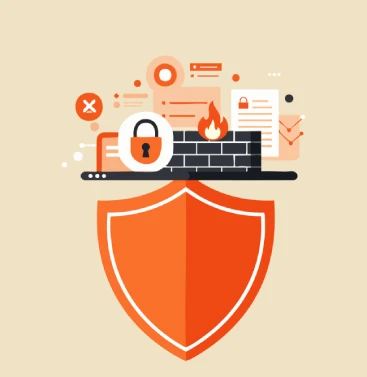Schools Are Facing Greater Cybersecurity Threats: How to Build Resilience Against Attacks
Updated on December 17, 2024, by Xcitium

Schools are under siege from increasingly sophisticated cyberattacks, targeting vulnerable systems, sensitive data, and critical operations. A recent report reveals that educational institutions now face greater cybersecurity threats than ever before, driven by their reliance on digital tools, limited budgets, and outdated defenses. These challenges demand a new approach to cybersecurity—one rooted in proactive strategies and advanced technologies like Xcitium’s Zero Trust architecture, designed specifically to address the growing threat landscape in education.
Why Schools Are Prime Targets for Cyberattacks
Educational institutions are particularly attractive to cybercriminals for several reasons:
- High-Value Data: Schools store sensitive student records, financial data, and personal information that fetch high prices on the dark web.
- Legacy Systems: Many schools operate on outdated technology that lacks modern security features.
- Tight Budgets: Limited resources often leave little room for cybersecurity upgrades.
- Expanded Attack Surface: Remote learning, connected devices, and cloud adoption have introduced more entry points for attackers.
The Impact of Cyberattacks on Schools
Cyberattacks on schools can cause significant disruption and long-lasting damage, including:
- Operational Downtime: Ransomware can lock schools out of critical systems, halting learning and administrative tasks.
- Financial Loss: The cost of recovering from an attack, including potential ransom payments, data restoration, and legal fees, can strain already limited budgets.
- Erosion of Trust: Breaches can damage relationships with students, parents, and staff, and expose schools to regulatory penalties.
A Zero Trust Approach Tailored to Education
To effectively combat these threats, schools must move beyond traditional cybersecurity models and adopt Zero Trust principles. However, not all Zero Trust implementations are the same. Unlike access-based Zero Trust solutions, Xcitium enforces Zero Trust by ensuring the safety or risk of every file, application, or executable in a system—never assuming safety simply because a threat hasn’t been flagged as dangerous.
This proactive approach to Zero Trust focuses on validating the behavior and intent of every file or executable, stopping threats before they can execute and cause harm.
Proactive Steps Schools Can Take to Strengthen Cybersecurity
- Adopt Real-Time Threat Containment
Xcitium’s ZeroDwell Containment technology isolates and virtually executes potential threats in real time, preventing malicious files from causing damage. This eliminates the risk of ransomware spreading through school systems.
- Validate All Executables for Safety
Xcitium’s Zero Trust model ensures that every file, application, and executable is inspected for risk. If the safety of an item is unknown, it is treated as potentially dangerous and executed in a safe virtual environment that doesn’t negatively impact productivity where it is diagnosed and remediated appopriately.
- Regular System Updates and Patch Management
Keeping software up to date reduces vulnerabilities that attackers often exploit. Automated patching tools can help schools stay current without overburdening IT staff.
- Invest in Cybersecurity Training
Teachers, staff, and students are often the first line of defense. Training them to recognize phishing attempts and suspicious activity is essential for reducing human error.
- Establish Incident Response Protocols
Having a clear plan ensures schools can respond quickly and effectively to mitigate the impact of a cyberattack.
How Xcitium Can Help Schools Defend Against Cyber Threats
Xcitium’s solutions are purpose-built to address the unique challenges faced by schools, providing advanced protection without draining tight budgets. Here’s how Xcitium makes a difference:
- ZeroDwell Containment Technology
By isolating, virtually executing, and diagnosing unknown files and executables, Xcitium prevents malicious actions before they can compromise sensitive systems. This proactive approach ensures uninterrupted learning and operations.
- Proactive Risk Management
Xcitium doesn’t assume that files are safe simply because they haven’t been flagged as harmful. Every executable is assessed for risk, giving schools confidence that their systems remain secure.
- Scalable, Cost-Effective Solutions
Designed with budget-conscious organizations in mind, Xcitium offers affordable, scalable solutions that grow with the needs of schools and districts.
- Regulatory Compliance Support
Xcitium helps schools meet data protection requirements, such as FERPA, by safeguarding sensitive student and staff information against breaches.
- Comprehensive Reporting and Insights
Xcitium provides detailed analytics and reporting, empowering schools to monitor their security posture and demonstrate compliance with cybersecurity standards.
Conclusion: Strengthening Education Through Resilient Cybersecurity
Schools today face an unprecedented cybersecurity threat landscape, but with the right strategies and tools, they can defend against attacks and maintain trust within their communities. By embracing a Zero Trust model that verifies the safety of every file and executable, schools can stop threats before they disrupt operations or compromise sensitive data.
Xcitium’s advanced solutions empower educational institutions to protect their systems, data, and people. With Xcitium, schools can confidently navigate the challenges of the modern threat landscape and focus on what matters most: providing safe and effective learning environments for students.




